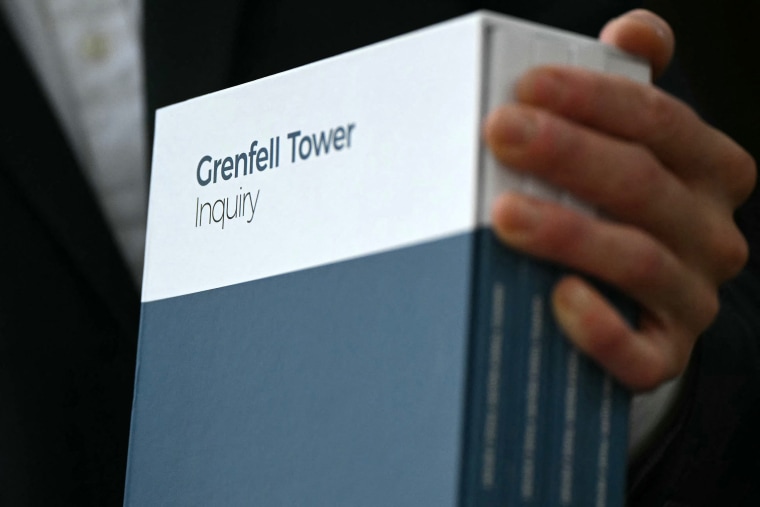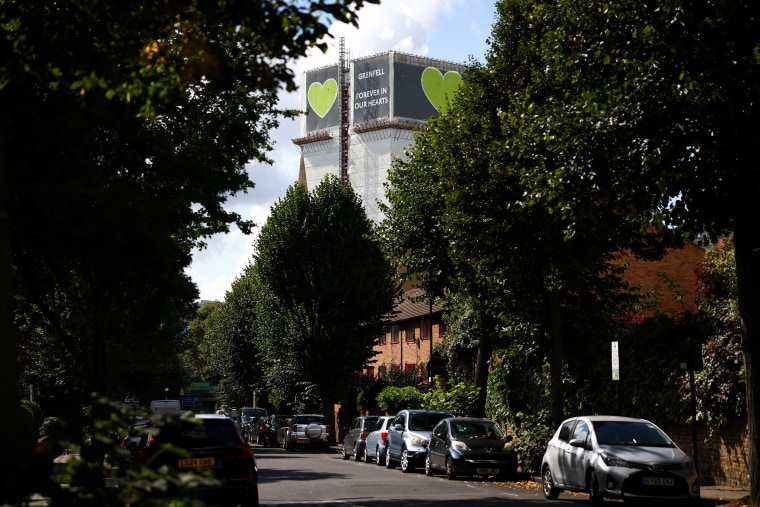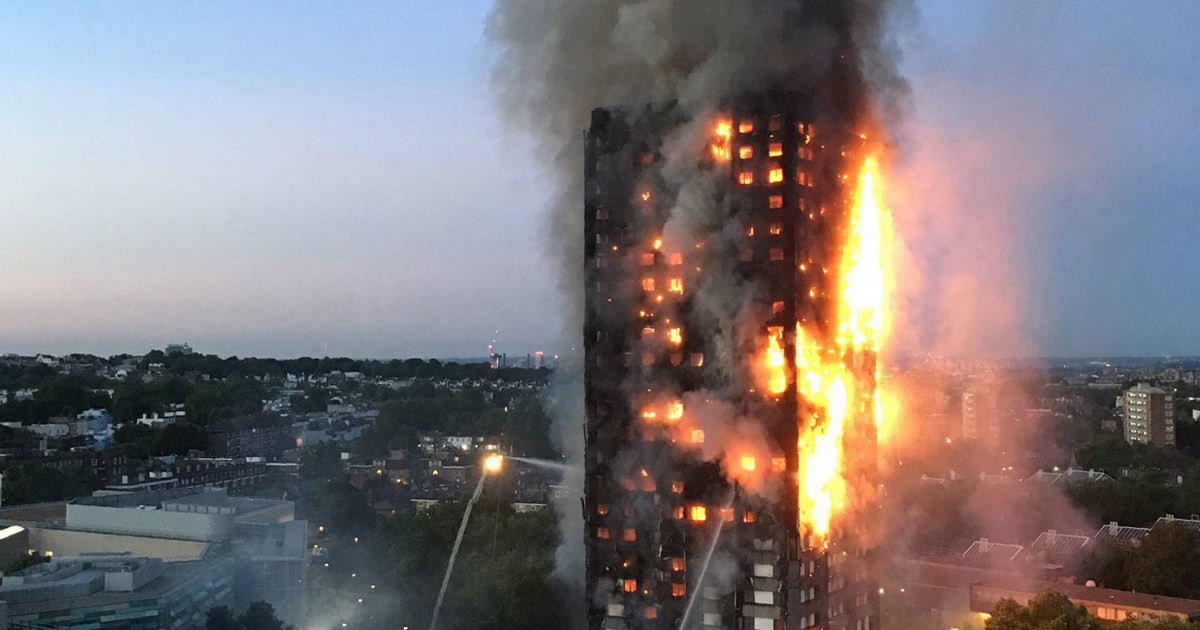A public inquiry into the devastating 2017 London Grenfell Tower fire on Wednesday blamed the disaster on failings by government, the construction industry and most of all the firms involved in fitting the exterior with flammable cladding.
Seventy-two people died when the fire ripped through the 23-storey social housing block in one of the richest areas of west London during the early hours of June 14, 2017. It was Britain’s deadliest blaze in a residential building since World War II.
In its long-awaited final report, the inquiry laid most responsibility for the disaster on the companies involved in the maintenance and refit of the apartment tower, failings by local and national authorities as well as companies which had dishonestly marketed combustible cladding materials as safe.
There was also widespread criticism and blame levelled at the government, local authority of Kensington and Chelsea, the industry, regulatory groups, specific individuals and an ill-prepared fire brigade for years of inaction over fire safety in high-rise blocks.
“The fire at Grenfell Tower was the culmination of decades of failure by central government and other bodies in positions of responsibility in the construction industry,” said the inquiry report, which ran to almost 1,700 pages.

In the years since the inferno, survivors and relatives of those who perished have demanded those responsible should face justice and criminal charges. But while British police have said 58 people and 19 firms and organizations are under investigation, prosecutions — including for corporate manslaughter and fraud — remain years away because of the complexity and the need to consider the inquiry’s report.
“I can’t pretend to imagine the impact of such a long police investigation on the bereaved and survivors, but we have one chance to get our investigation right,” Deputy Assistant Commissioner Stuart Cundy said.
Prime Minister Keir Starmer’s spokesperson said on Tuesday the government was determined that those responsible would be held to account.
Refrigerator fire
An earlier report by the inquiry team in 2019, which focused on the events of the night, found an electrical fault in a refrigerator in a fourth floor apartment started the fire.
Flames then spread uncontrollably, mainly because the tower had been covered during a 2016 refurbishment with cladding — exterior panels designed to improve appearance and add insulation — made of flammable aluminum composite material that acted as a source of fuel.
The harrowing accounts, including from those who perished while awaiting rescuers and having followed official guidance to stay put, prompted fury and national soul-searching over building standards and the treatment of low-income communities.
The inquiry, headed by retired judge Martin Moore-Bick, found a litany of failings; lessons had not been learned from past high-rise tower blazes and testing systems were inadequate.
The most overt blame was laid at the feet of those involved in the refurbishment of the tower with the flammable cladding. The inquiry said architect Studio E, principal contractor Rydon, and cladding sub-contractor Harley all bore considerable responsibility for disaster.
Fire safety inspectors Exova were also blamed for the building being left “in a dangerous condition on completion of the refurbishment.”
Both Kensington and Chelsea council and the Tenant Management Organization (TMO), which managed the local authority’s housing stock, were also heavily criticized.
They had shown indifference to fire safety regulations in the years before the blaze and the TMO, whose difficult relationship with some residents was said to have created a “toxic atmosphere”, had been unduly focused on cutting costs.

While the local community and voluntary groups were praised for providing support, the council was also criticized for its slow, muddled and “wholly inadequate” response to the incident.
There was also condemnation of those firms which made and sold the cladding or its foam insulation — Celotex, Kingspan, and Arconic Architectural Products, the French subsidiary of U.S. company Arconic. The inquiry concluded there had been “systematic dishonesty” on their part.
“They engaged in deliberate and sustained strategies to manipulate the testing processes, misrepresent tested data and mislead the market,” the report said. The issue of exterior cladding has raised concerns across Europe where there have been similar blazes in apartment blocks such as in the Spanish city of Valencia in February, and in Italy in 2021.
In Britain, government figures from July showed 3,280 buildings standing at 36 feet or higher still had unsafe cladding, with remediation work yet to start on more than two-thirds of them.
